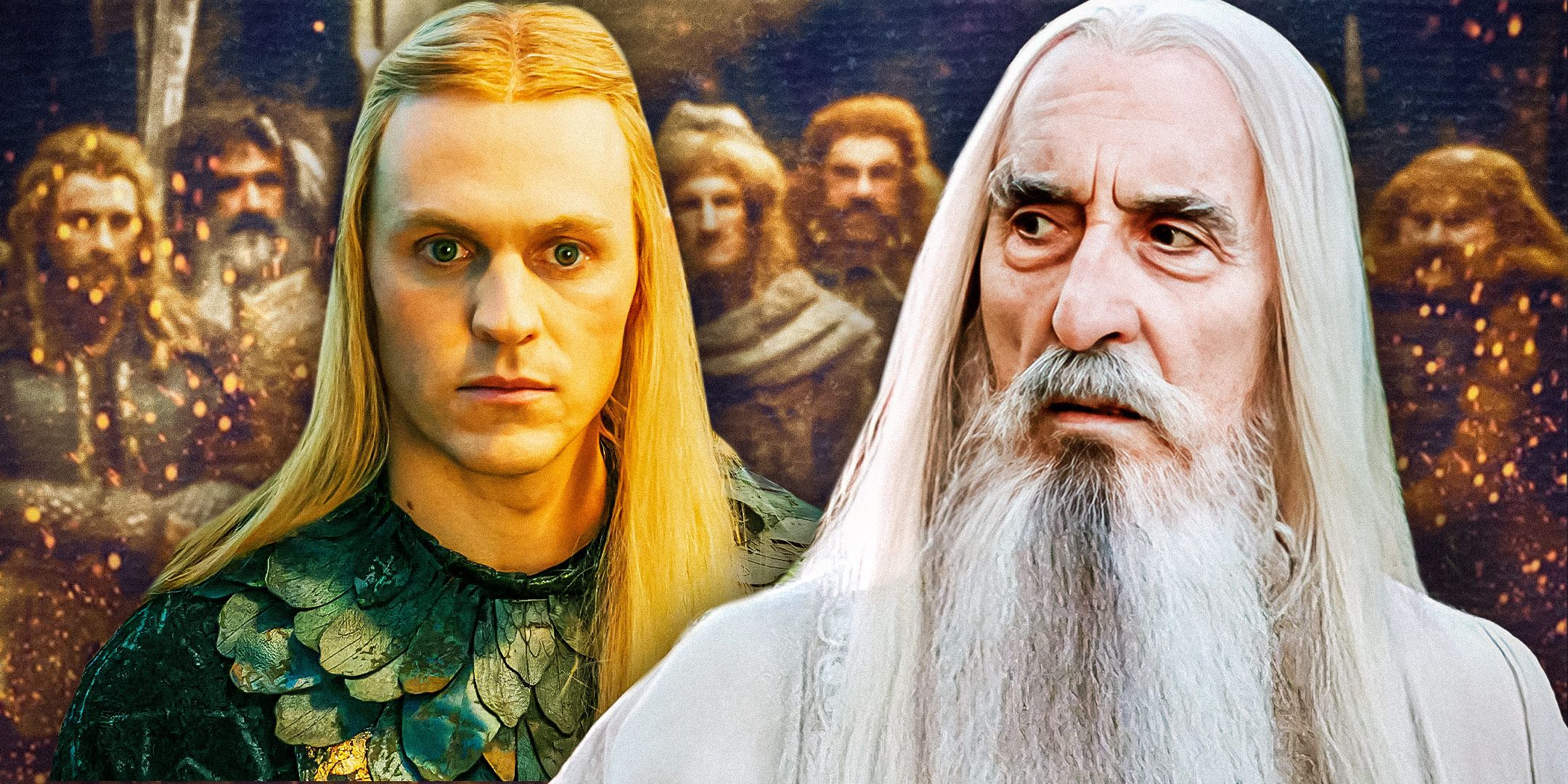
In the end, the Vala Aulë and Yavanna got Eru’s sign-off on their creations, and Eru blessed Dwarves and Ents with the Secret Fire. Morgoth sought this Imperishable Flame, but his insolence grew worse until he was past apologizing or making amends with Eru. So, when he got around to making the Orcs, he had to twist lifeforms that Eru had already made (Elves), to get his own race started. But Aulë’s path to Dwarf creation was fraught, like Morgoth’s. Moreover, Aulë and his rebellious streak are more closely tied to The Lord of the Rings villains than it may first appear.
Aulë’s Dwarf Creation Was Rebellious As He Could Never Bestow The Secret Fire Of Life
Aulë Was Playing With Fire In Making Dwarves, & Not The Secret Kind

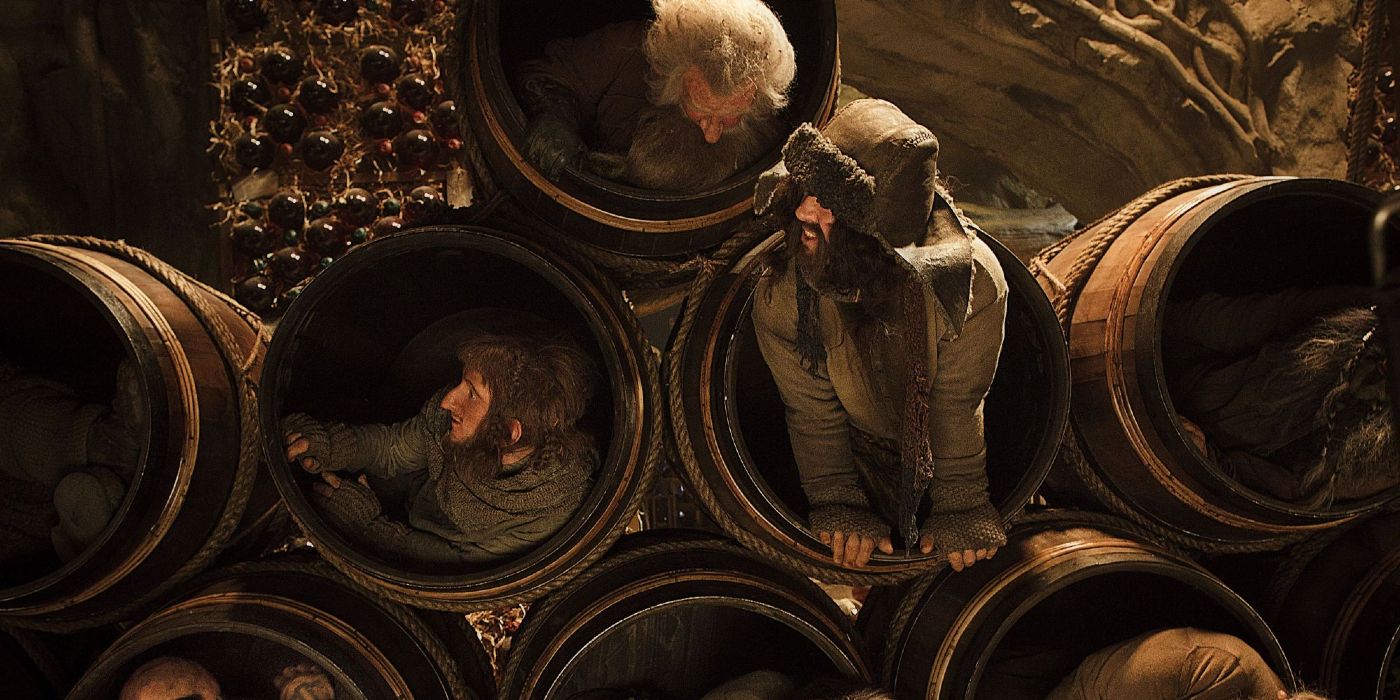
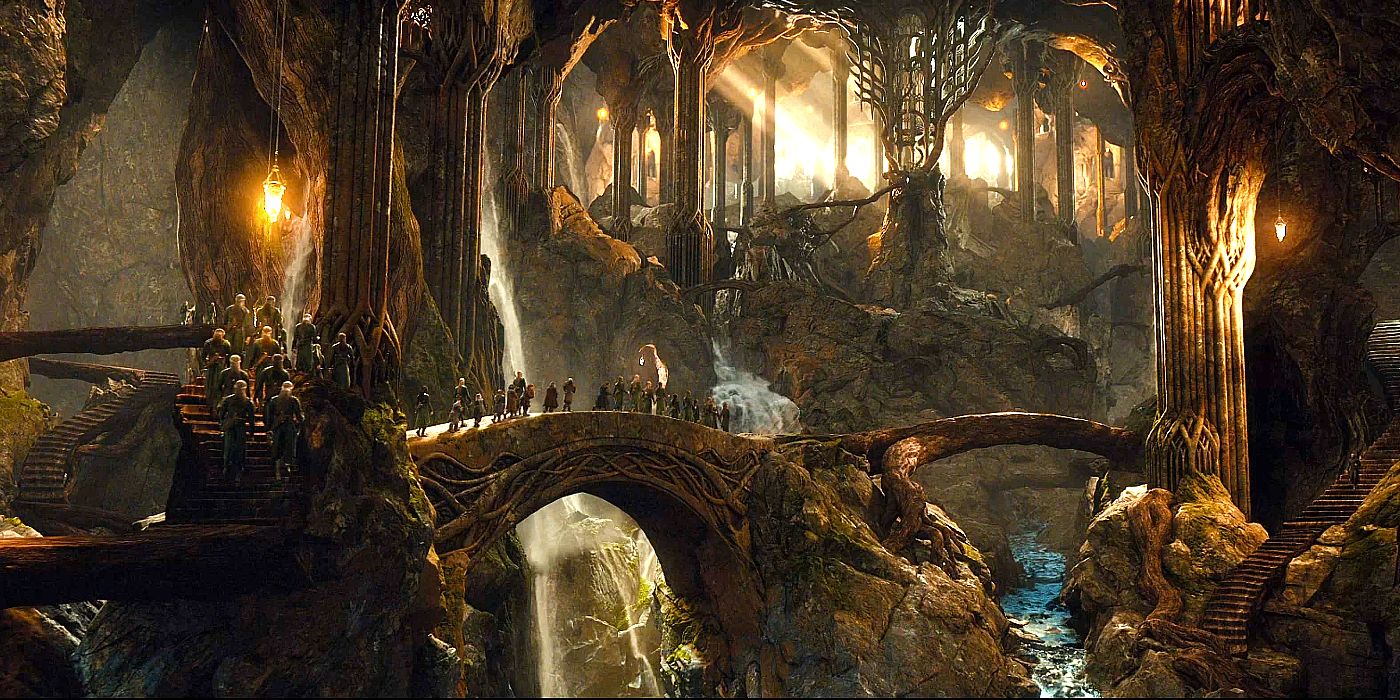
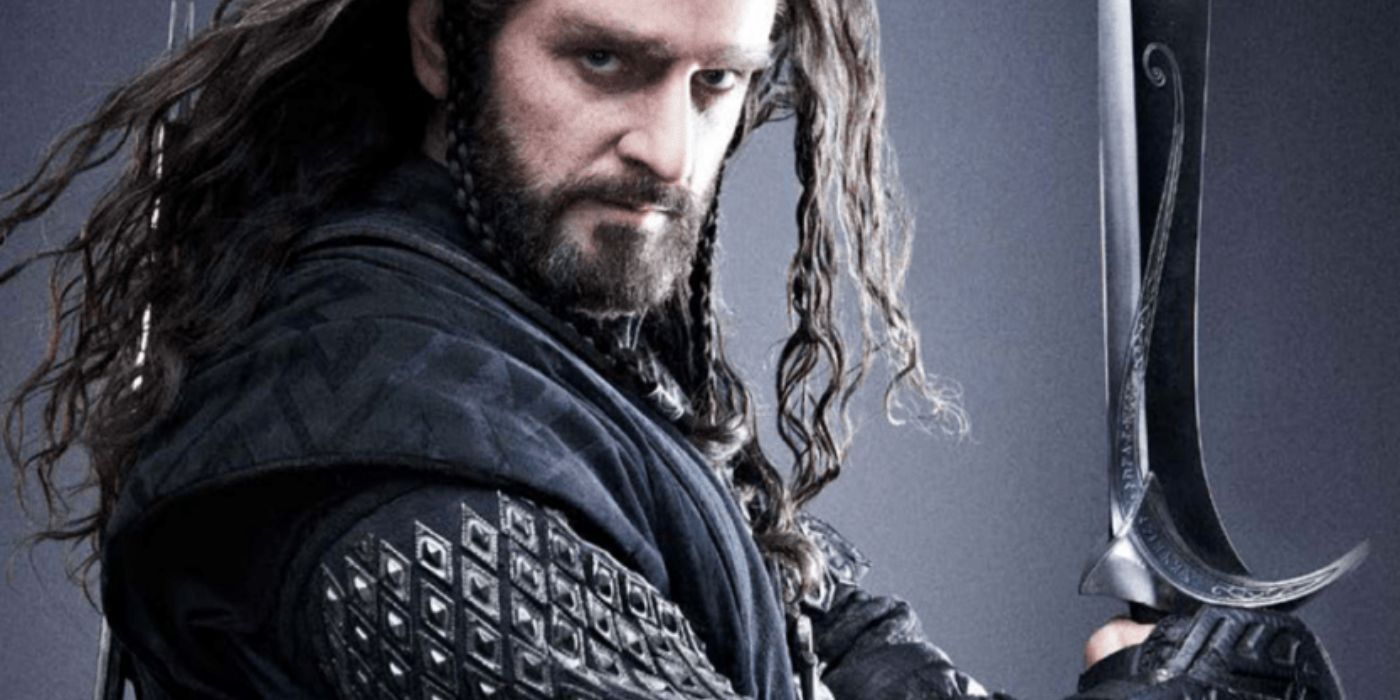
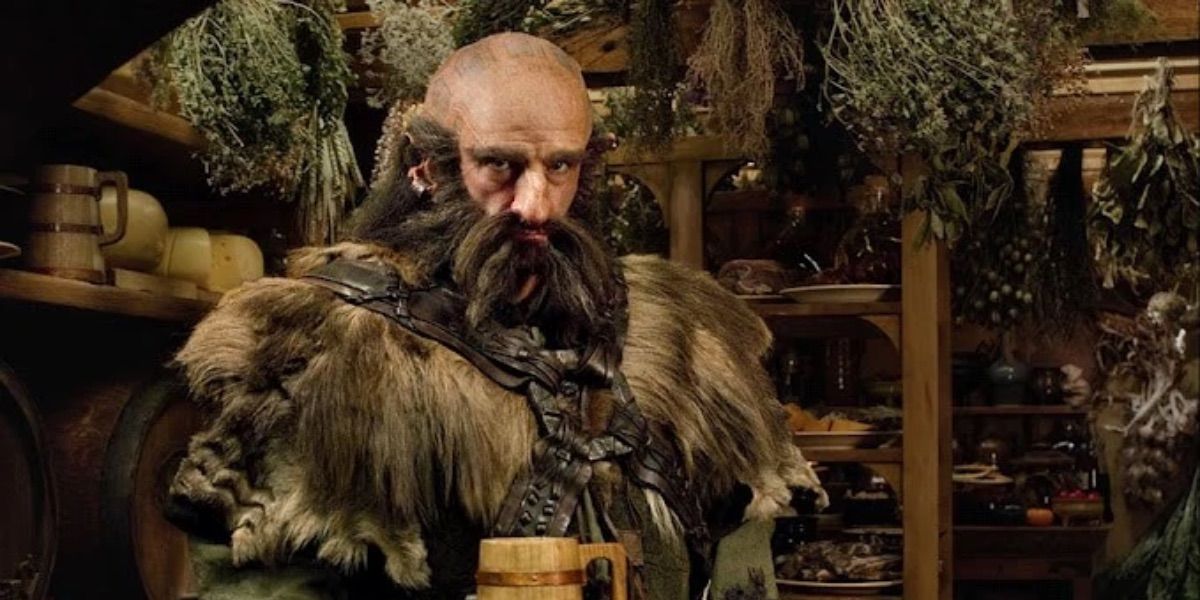





Morgoth rebelliously looked for the Secret Fire in the void long before Middle-earth or its world was created, and Aulë had a similar taboo interest in creating new lifeforms. The two were both members of the 15 Valar, the 15 strongest Ainur, Eru’s first-created. Morgoth wanted to make life itself, foreshadowing his fall, but his real mistakes were refusing to heed Eru’s warnings time and time again. Sins like pride were understandable for Eru, so long as the error was seen and corrected.
Yavanna’s Ent creation had been Eru-approved from the start, sung into the Music of the Ainur, which planned a huge part of the world and its history from before its beginning.
Meanwhile, Aulë knew he was wrong in making the Dwarves, so he worked behind the Valar’s backs. However, when Eru discovered Aulë’s Dwarves, Aulë apologized immediately, and Eru granted forgiveness and life to the Dwarves. This proved that there was always a way back if it could only be seen, and constitutes the biggest distinction between the Dark Lord’s actions and those of the ambitious Aulë. Despite this, Aulë remains an intriguing, morally gray figure in Middle-earth’s history.
Both Sauron & Saruman Were Originally Servants Of Aulë In Lord Of The Rings
Morgoth & Aulë Had A Lot In Common
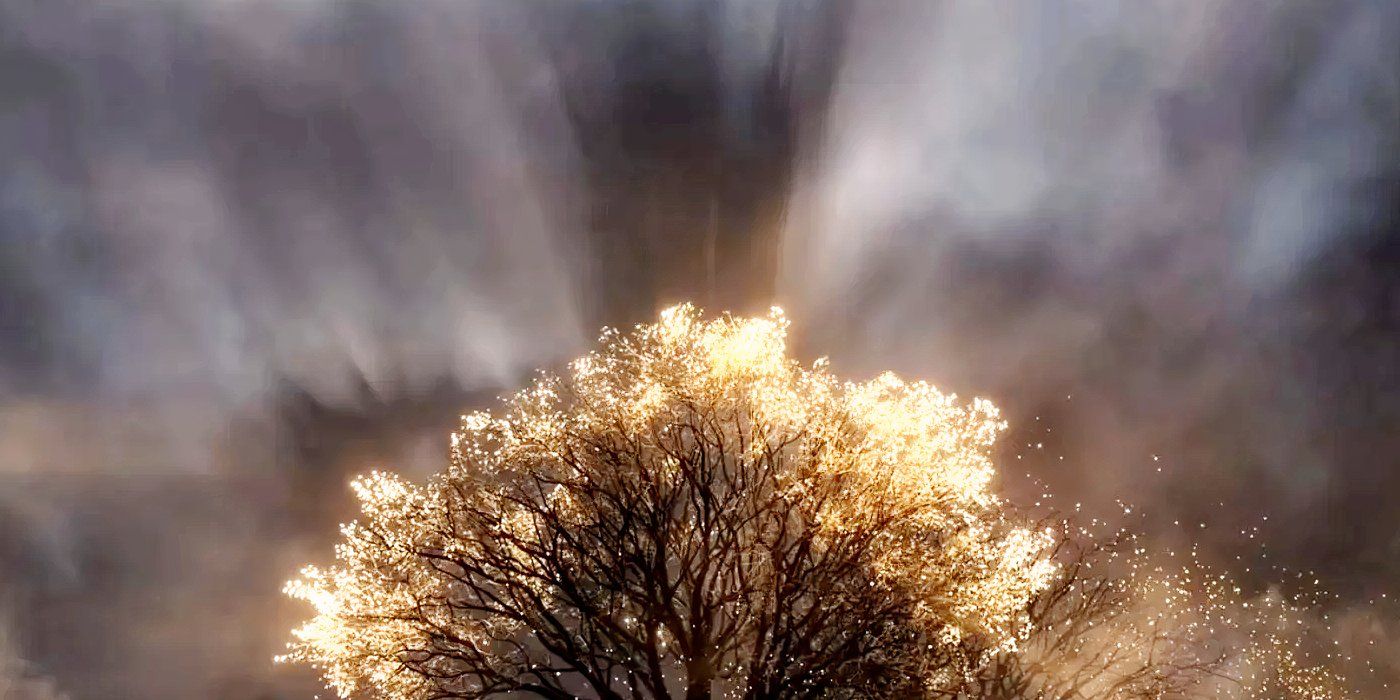
When Aulë’s actions and characterization are tenuously linked to corruption, it makes for an interesting piece of lore that characters connected to him became the series’ greatest evils. According to The Silmarillion, of the Valar, “Aulë was most like [Morgoth] in thought and in powers.” Aulë and Morgoth have much in common, including Sauron and Saruman, who were both Maiar of Aulë before falling to darkness. Morgoth seduced Sauron into allegiance; after Morgoth was defeated, Sauron followed his path, although he would have preferred to believe he didn’t. Saruman, in turn, fell to Sauron.
On a deeper level, Saruman rejects even Sauron’s leadership, following the example of Morgoth in his cynical attitude, and mirroring Sauron’s supposed separation from his predecessor. The further from Eru any creation was, the more vulnerable it was to corruption. While the Valar subcreated nature and species, Elves and Men subcreated a level below them, making machines and technology like hammers, Silmarils, and the Rings of Power. Aulë and his Maiar were smiths, forging from the elements, increasing their vulnerability to corruption. Machines, the artificial, and industrialization are all linked to evil in The Lord of the Rings.




